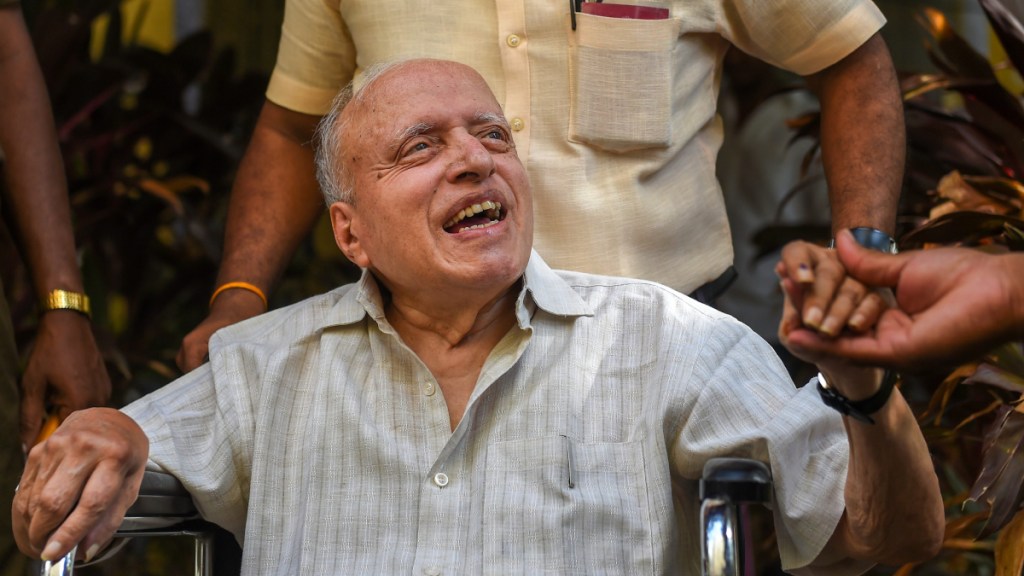To the many who either knew M S Swaminathan or had followed his work, it took time to sink into the news of his passing on Thursday afternoon. As this writer reached out to economists and agri experts, it was hard not to remember how in all the previous interactions with the hero of India’s green revolution, M S Swaminathan, seemed to come across each time as a man always at work. When India was reeling under the shock of the pandemic and suffering its ill-effects, Swaminathan, despite some bouts of headache and not in the best of health, continued looking at the issues confronting farmers and migrant labourers. Taking time out from his busy schedule, he discussed with this writer a range of issues from raising incomes of farmers to leveraging the panchayat system in some unique ways to what the farming community needed to know on a sudden locust attack that they had to deal with.
“This is a big loss for India and to the field of agriculture,” says Montek Singh Ahluwalia, economist and the former deputy chairman of the Planning Commission. Words usually drip with difficulty when one is asked to react even as a news break is being absorbed but almost instantly to Ahluwalia it was the passing of “an outstanding personality who had made an indelible mark with his contribution to the transformation and modernisation of Indian agriculture at a very critical time.” To Ahluwalia, what perhaps has been remarkable about Swaminathan was that “he was also aware of the fact that the green revolution itself produced problems and therefore we constantly needed to apply technology to address new problems that were arising from time to time.”
It is therefore to his credit, feels Ahluwalia, that Swaminathan devoted himself till the very end to doing so at the foundation that he set up and is now led by his daughter and also an accomplished scientist Dr Soumya Swaminathan. At a more personal level, he says, “though I never had a chance to know him very closely we used his thinking and work a lot in the whole issue of modernisation of agriculture.”
Economist and former governor of the Reserve Bank of India, Dr C Rangarajan, who got to know M S Swaminathan more closely in the later years at the M S Swaminathan Research foundation in Chennai, finds many things that the young in India can learn from Swaminathan’s journey. “As important as a scientific discovery is what is equally important is knowing its adaptability to local conditions.” In his case, Swaminathan also ensured that he made the farmers understand the benefits of new innovation. “If new seeds needed lot more fertiliser or water then actively working with the government to make these available and thereby enabling the creation of suitable conditions were equally important for the success of the new technology.” And this was another thing that Rangarajan feels, Swaminathan showcased rather brilliantly.
S Sivakumar, the driving force behind the eChoupal at ITC and its group head for Agri & IT businesses apart from overseeing its sustainability initiatives and social investment programmes, has this to say: “Dr Swaminathan’s contribution to green revolution is well known. But, what always inspired me whenever I met him were (1) his genuine curiosity to know what’s happening currently thereby staying ever-contemporary, (2) the way he embraced solution-oriented interdisciplinary approach, and (3) his appreciation & practice of effective science communication to common people.”
It is therefore natural to expect that this trailblazer will always be missed.
